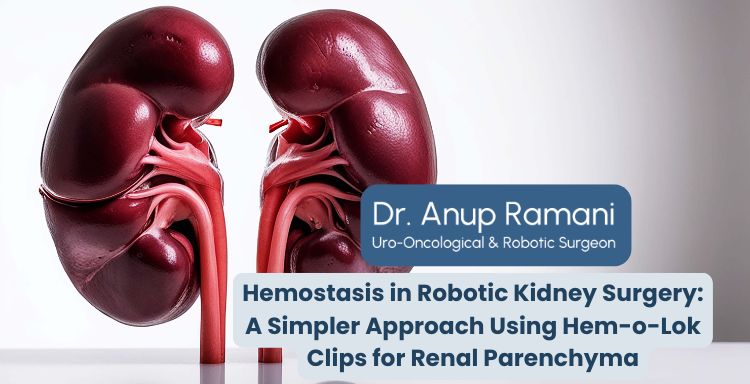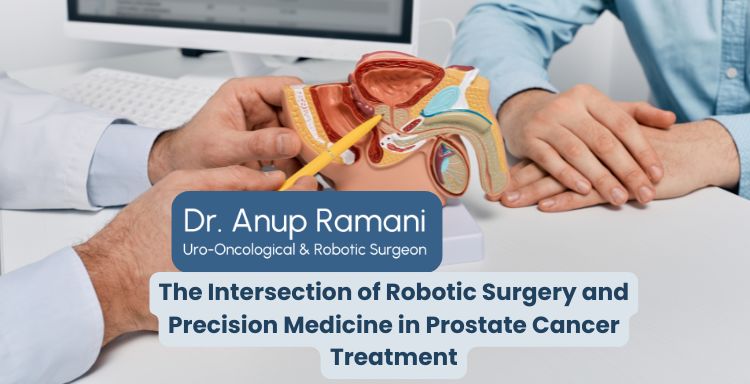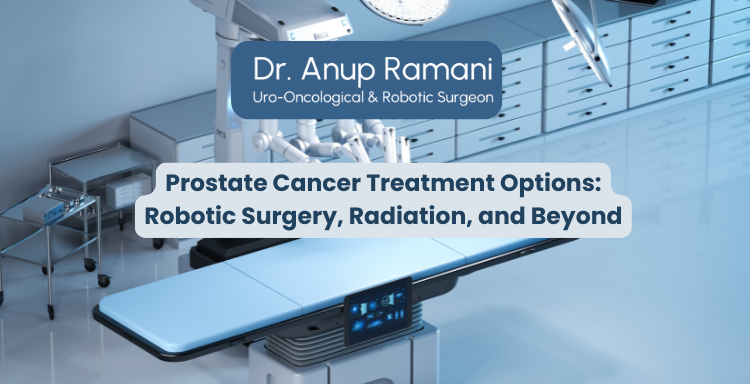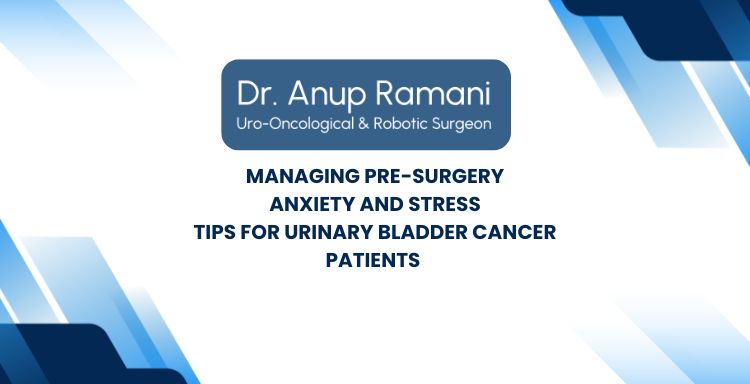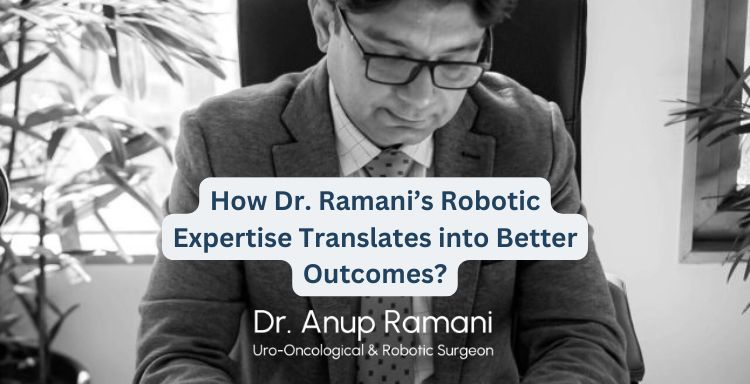Kidney cancer remains one of the most commonly diagnosed cancers worldwide and its incidence is on the rise. Early detection is crucial, as kidney cancer symptoms can often be subtle or overlooked...
Robotic kidney surgery represents a transformative advancement in Kidney Cancer treatment. By combining Minimal invasive techniques with high precision, robotic systems allow surgeons to manage kidney...
Prostate cancer is widely regarded as a disease primarily affecting older men, with the average age of diagnosis traditionally being over 65. However, recent trends indicate a shift in this pattern...
Prostate cancer remains one of the most common cancers among men globally. Advances in medical technology are revolutionizing how prostate cancer is treated and one of the most ground-breaking...
Preface: The PSA test is often the first step in identifying potential prostate issues, including cancer. Yet for many men, the numbers can be confusing and sometimes alarming. With advanced prostate...
Prostate cancer remains one of the most prevalent cancers among men, yet misconceptions about its diagnosis, treatment, and prognosis still persist. Medical experts across India, especially in...
Prostate cancer is among the most common cancers in men-but it is also one of the most treatable when detected early. With India’s advancements in robotic prostatectomy, precision radiation...
A bladder cancer diagnosis is overwhelming and the thought of surgery can trigger significant anxiety. Fear of pain, complications and recovery challenges are common among patients. However...
In the field of urology, technological advancements have significantly improved treatment outcomes. One such innovation is robotic surgery, which allows for precision, minimal invasive procedures and...


